Trimbach
£24.95
– bottle
(75cl)
Add item
2021 Riesling, Réserve, Trimbach, Alsace
White
2021
Lay down
Full Bodied
Dry
13.0% Alcohol
Find out more
£67.00
– magnum
(150cl)
Limited availability
More sizes available
Add item
2020 Riesling, Réserve, Trimbach, Alsace
White
2020
Drink, youthful
Full Bodied
Dry
13.0% Alcohol
Find out more
£67.00
– magnum
(150cl)
Add item
2018 Pinot Gris, Réserve Personnelle, Trimbach, Alsace
White
2018
Drink, youthful
Full Bodied
Dry
14.0% Alcohol
Find out more
£116.00
– magnum
(150cl)
Limited availability
Add item
2015 Riesling, Cuvée Frédéric Emile, Trimbach, Alsace
White
2015
Drink, youthful
Full Bodied
Dry
14.5% Alcohol
Find out more
£141.00
– magnum
(150cl)
Limited availability
Add item
2016 Riesling, Geisberg, Grand Cru, Trimbach, Alsace
White
2016
Drink, youthful
Full Bodied
Off Dry
13.0% Alcohol
Find out more
£667.00
– magnum
(150cl)
Limited availability
More sizes available
Add item
2017 Riesling, Clos Ste Hune, Trimbach, Alsace
White
2017
Lay down
Medium Bodied
Dry
13.5% Alcohol
Find out more
£1,093.00
– double magnum
(300cl)
Limited availability
More sizes available
Add item
2016 Riesling, Clos Ste Hune, Trimbach, Alsace
White
2016
Lay down
Medium Bodied
Dry
13.0% Alcohol
Find out more
Available in bond
2014 Riesling, Clos Ste Hune, Trimbach, Alsace
White
2014
Drink, youthful
Medium Bodied
Dry
14.0% Alcohol
Find out more
Available in bond
2009 Riesling, Clos Ste Hune, Trimbach, Alsace
White
2009
Drink, at peak
Medium Bodied
Dry
14.0% Alcohol
Find out more
Available in bond
2017 Riesling, Réserve, Trimbach, Alsace
White
2017
Drink, at peak
Full Bodied
Dry
13.0% Alcohol
Find out more
Available in bond
2011 Riesling, Cuvée Frédéric Emile, Trimbach, Alsace
White
2011
Drink, at peak
Full Bodied
Dry
14.0% Alcohol
Find out more
Available in bond
2005 Riesling, Cuvée Frédéric Emile, Trimbach, Alsace
White
2005
Drink, at peak
Medium Bodied
Dry
13.0% Alcohol
Find out more
Available in bond
2011 Riesling, Clos Ste Hune, Trimbach, Alsace
White
2011
Drink, youthful
Medium Bodied
Dry
14.0% Alcohol
Find out more
Available in bond
2006 Riesling, Clos Ste Hune, Trimbach, Alsace
White
2006
Drink, at peak
Medium Bodied
Dry
12.5% Alcohol
Find out more
Available in bond
2012 Riesling, Clos Ste Hune, Trimbach, Alsace
White
2012
Drink, youthful
Medium Bodied
Dry
12.5% Alcohol
Find out more
Available in bond
2007 Riesling, Clos Ste Hune, Trimbach, Alsace
White
2007
Drink, at peak
Medium Bodied
Dry
13.0% Alcohol
Find out more
Available in bond
2012 Riesling, Sélection de Vieilles Vignes, Trimbach, Alsace
White
2012
Drink, youthful
Medium Bodied
Dry
13.0% Alcohol
Find out more
Available in bond
2008 Riesling, Clos Ste Hune, Trimbach, Alsace
White
2008
Drink, at peak
Medium Bodied
Dry
13.0% Alcohol
Find out more
Available in bond
2013 Riesling, Geisberg, Grand Cru, Trimbach, Alsace
White
2013
Drink, youthful
Full Bodied
Off Dry
13.0% Alcohol
Find out more
Available in bond
2013 Riesling, Clos Ste Hune, Trimbach, Alsace
White
2013
Drink, youthful
Medium Bodied
Dry
12.5% Alcohol
Find out more
Available in bond
2007 Riesling, Cuvée Frédéric Emile, Trimbach, Alsace
White
2007
Drink, at peak
Medium Bodied
Dry
13.0% Alcohol
Find out more
Available in bond
2010 Riesling, Cuvée Frédéric Emile, Trimbach, Alsace
White
2010
Drink, at peak
Full Bodied
Dry
13.5% Alcohol
Find out more
Available in bond
2006 Riesling, Cuvée Frédéric Emile, Trimbach, Alsace
White
2006
Drink, at peak
Medium Bodied
Dry
13.0% Alcohol
Find out more
Available in bond
2017 Riesling, Sélection de Vieilles Vignes, Trimbach, Alsace
White
2017
Drink, youthful
Medium Bodied
Dry
13.0% Alcohol
Find out more
Available in bond
2017 Gewurztraminer, Sélection de Grains Nobles, Trimbach, Alsace
White
2017
Drink up
Full Bodied
Luscious
13.5% Alcohol
Find out more
Available in bond
2012 Riesling, Cuvée Frédéric Emile, Trimbach, Alsace
White
2012
Drink, at peak
Full Bodied
Dry
13.5% Alcohol
Find out more
Available in bond
2015 Riesling, Clos Ste Hune, Trimbach, Alsace
White
2015
Drink, youthful
Medium Bodied
Dry
14.0% Alcohol
Find out more
Available in bond
2014 Riesling, Cuvée Frédéric Emile, Trimbach, Alsace
White
2014
Drink, youthful
Full Bodied
Dry
13.5% Alcohol
Find out more
Available in bond
2013 Riesling, Cuvée Frédéric Emile, Trimbach, Alsace
White
2013
Drink, at peak
Full Bodied
Dry
13.5% Alcohol
Find out more
Available in bond
2017 Pinot Gris, Réserve Personnelle, Trimbach, Alsace
White
2017
Drink, at peak
Full Bodied
Dry
14.0% Alcohol
Find out more


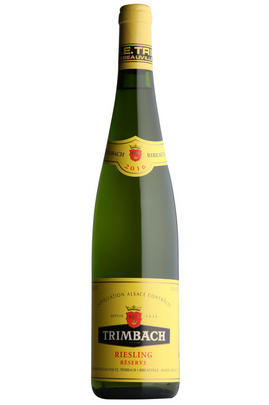
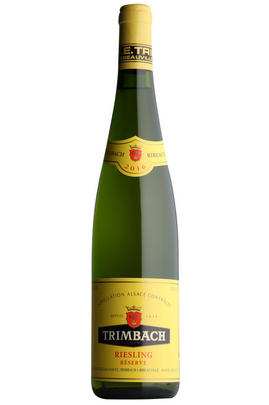
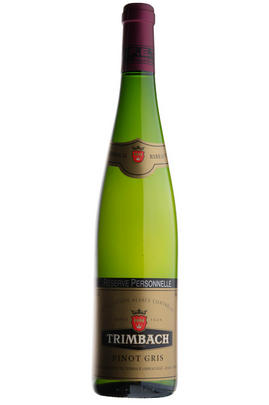
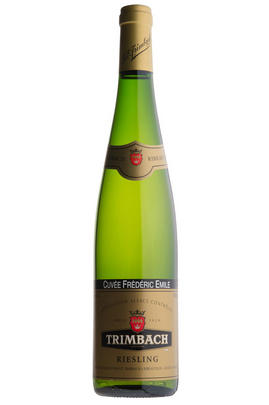
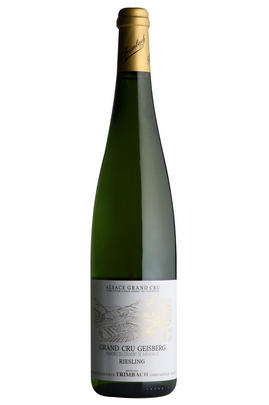
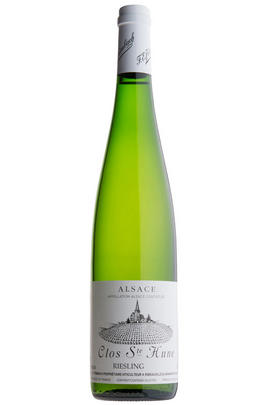
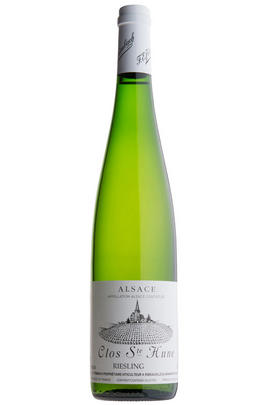
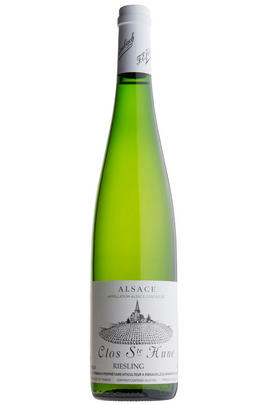
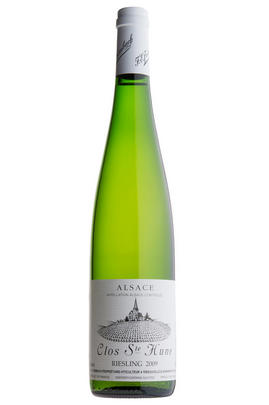
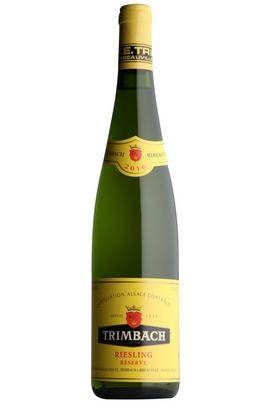
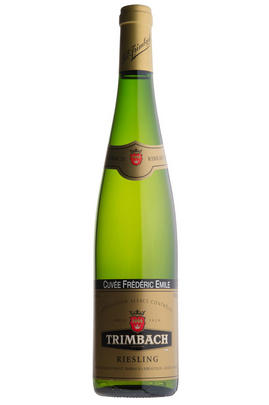
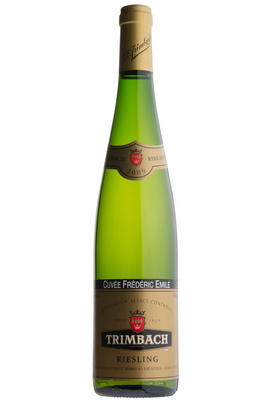
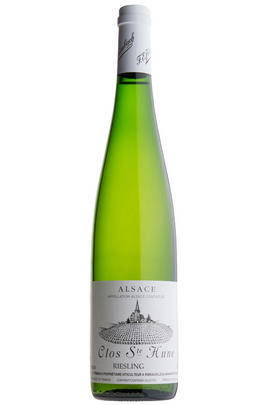
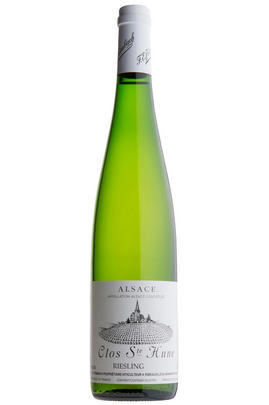
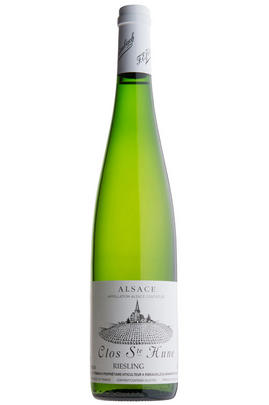
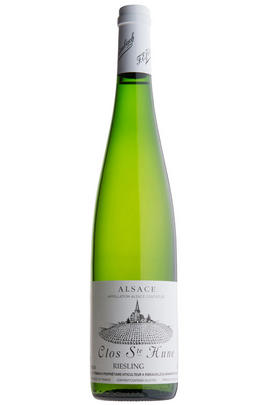
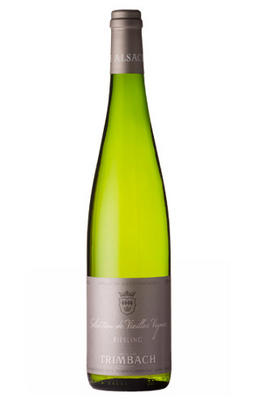
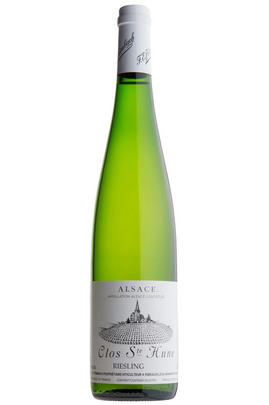
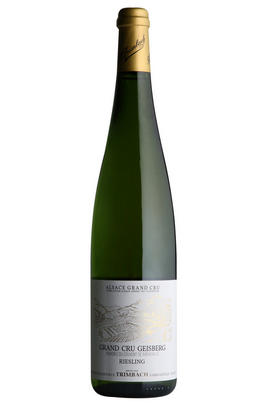
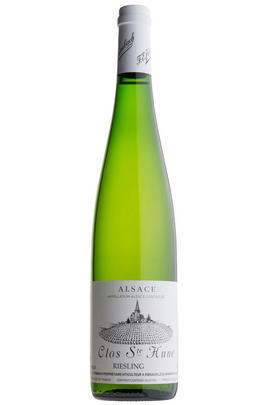
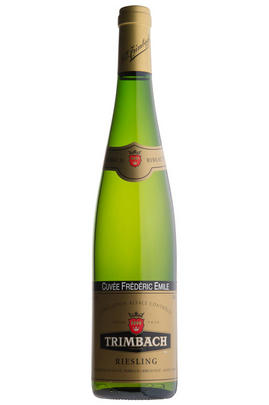
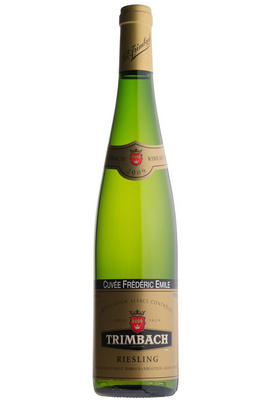
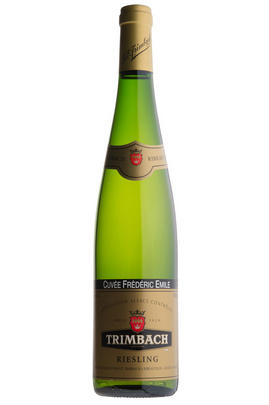
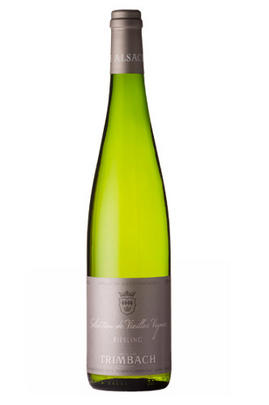
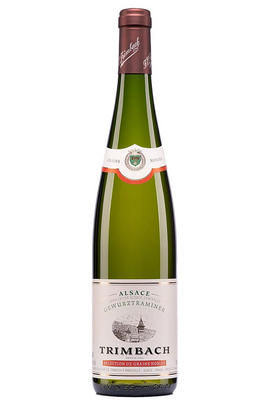
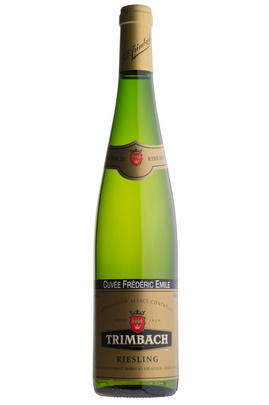
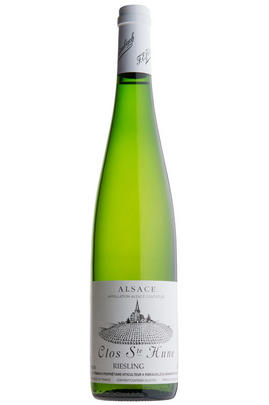
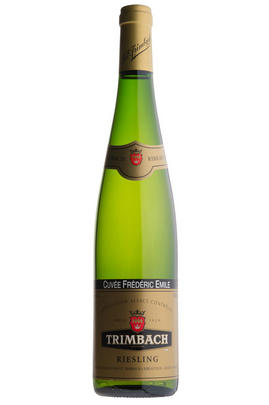
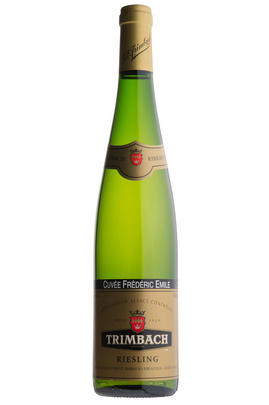
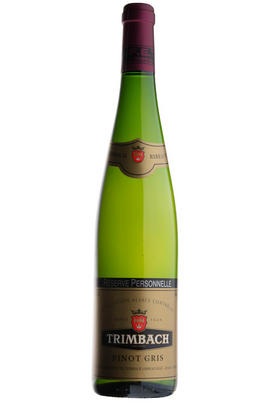
The House of Trimbach was established in 1626 and is now being run by the 12th generation of the family, Pierre and Jean. The family supervises all operations from planting and vinification to selection and bottling, giving them 100% control over production.
If Zind Humbrecht produces wines of extravagant power at one end of the spectrum of excellence within Alsace wine making, then Trimbach definitely stands at the other extreme – “Restraint” is the watchword. The Trimbach style is paraphrased perfectly by Hubert Trimbach and the family itself – “Concentrated not heavy; fruity, not sweet; bracing rather than fat; polite rather than voluptuous".
Trimbach wines are reserved, steely, elegant, even aristocratic; never obvious or flashy. "We are Protestants. Our wines have the Protestant style – vigour, firmness, a beautiful acidity, lovely freshness. Purity and cleanness, that’s Trimbach.” For those weary of the copious residual sugar found in so many of the contemporary Alsace wines, Trimbach’s are a refuge.
The jewel in the crown is the family's Clos Ste-Hune vineyard, a small vineyard just outside Hunawihr. Family-owned for over 200 years, it is widely regarded as one of the best expressions of Alsace Riesling.Trimbach has launched their first-ever terroir named wine with the 2009 Riesling Grand Cru Geisberg, 2.6 ha plot on the Geisberg have always been part of the famous Cuvée Frédéric Emile. A second Grand Cru may be in the pipeline as, in 2012 the Trimbach family purchased a plot in the Kientzheim Grand Cru Schlossberg.